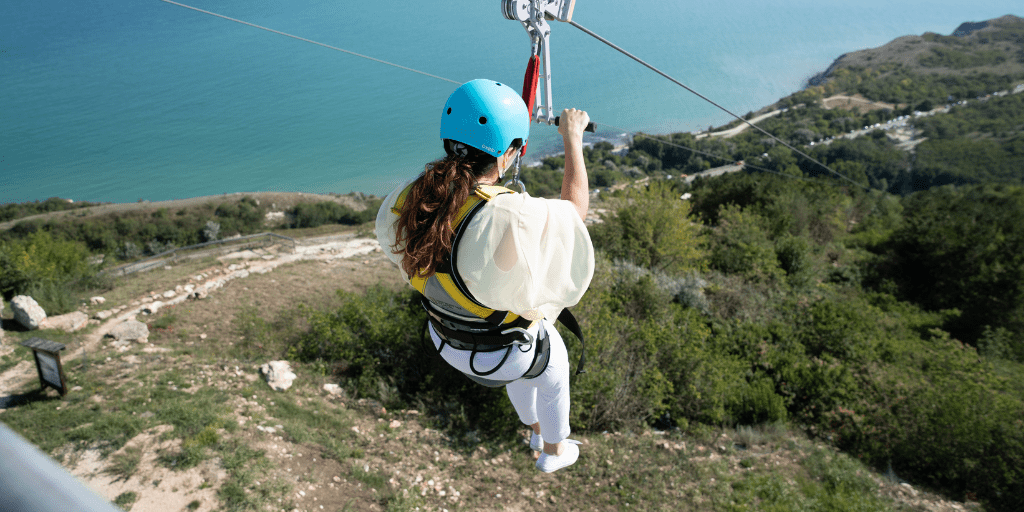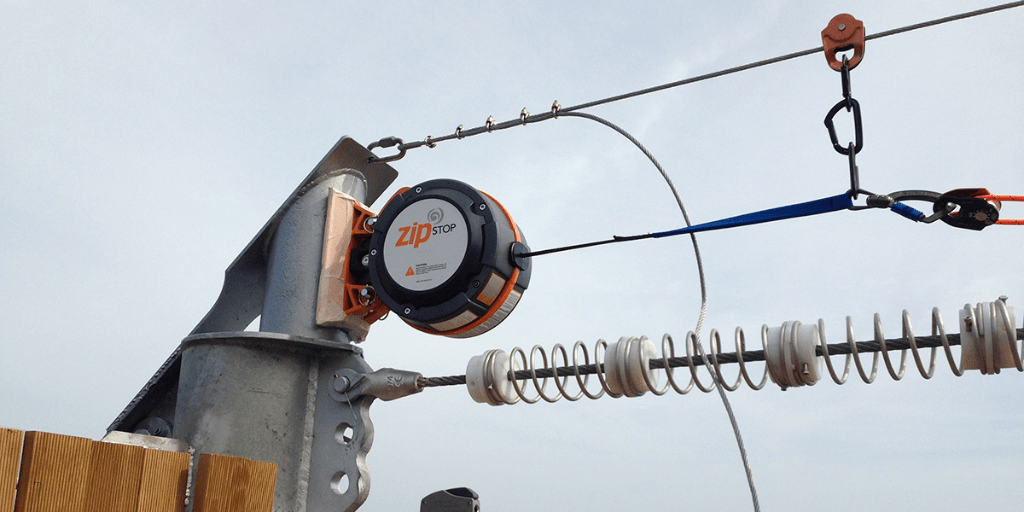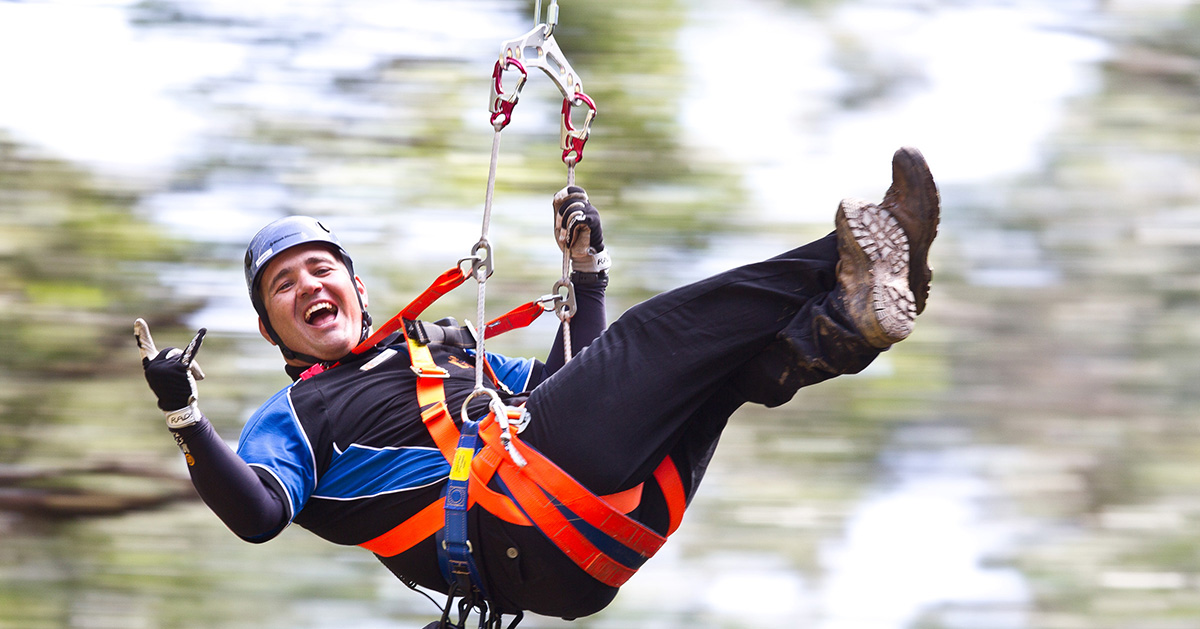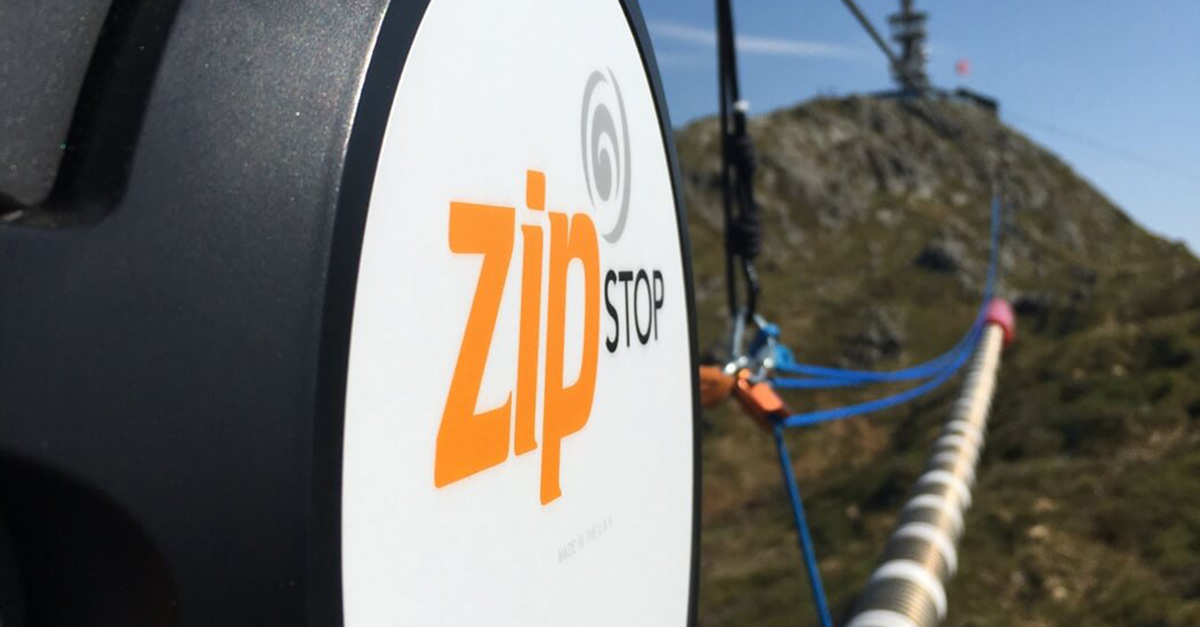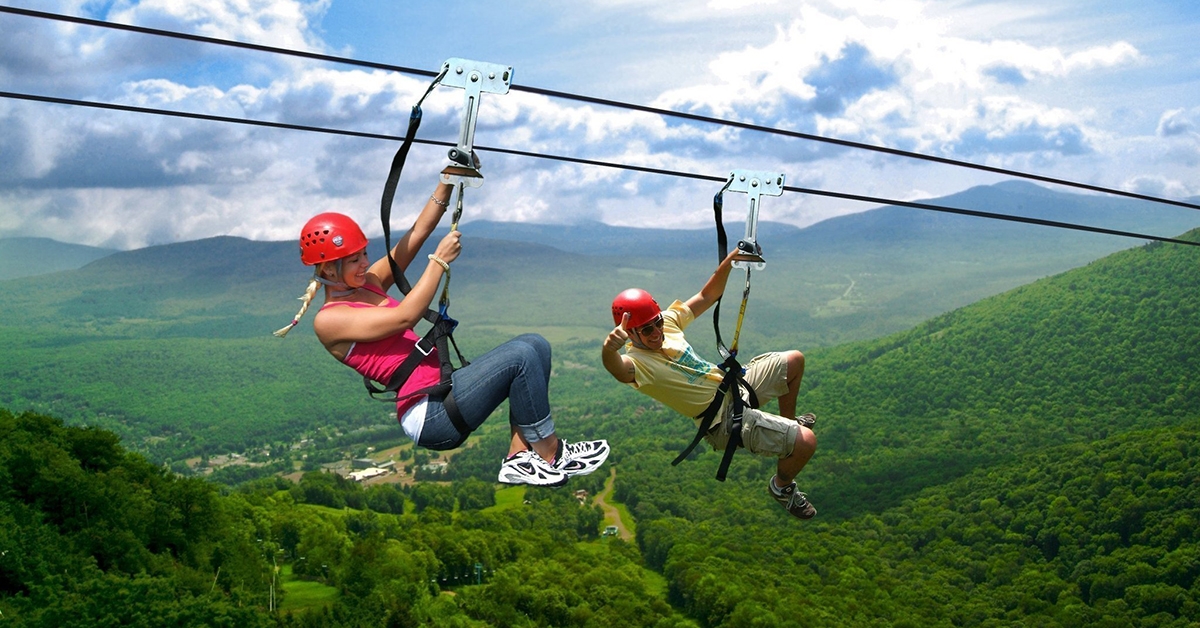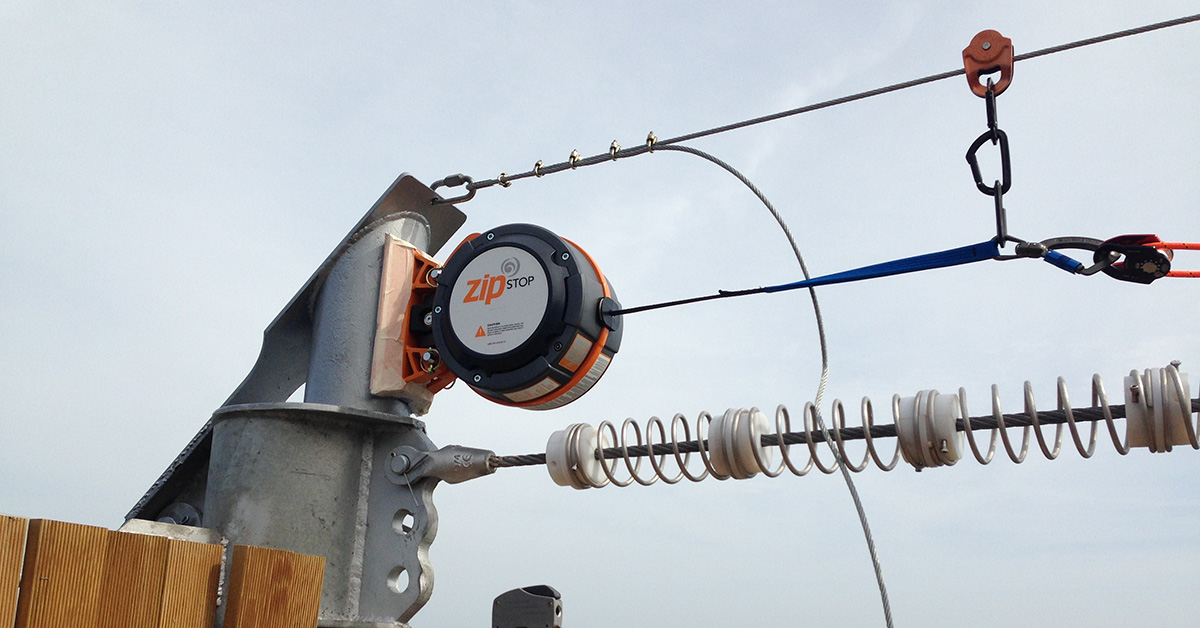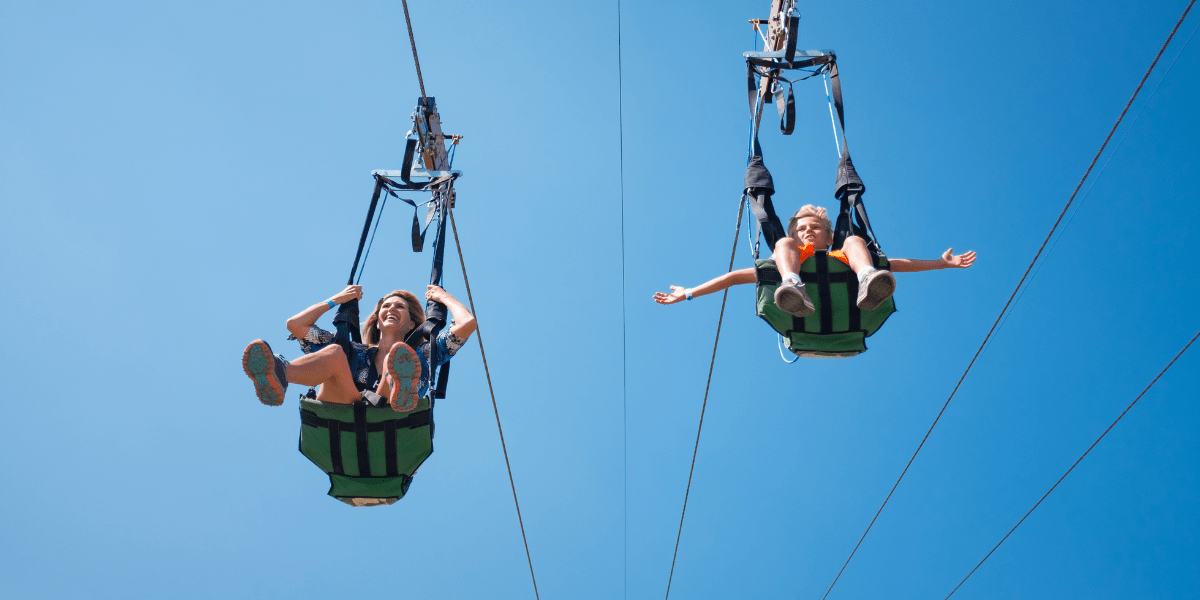
Ziplining has become a thrilling adventure activity enjoyed by people worldwide. As zipline courses grow in popularity, operators face increasing pressure to ensure safety, improve user experience, and optimize throughput. A critical component of any zipline course is its braking system. This article explores the evolution of zipline braking systems, modern advancements, and best practices for ensuring safe and efficient operations.
Continue reading Trends in Commercial Ziplining
